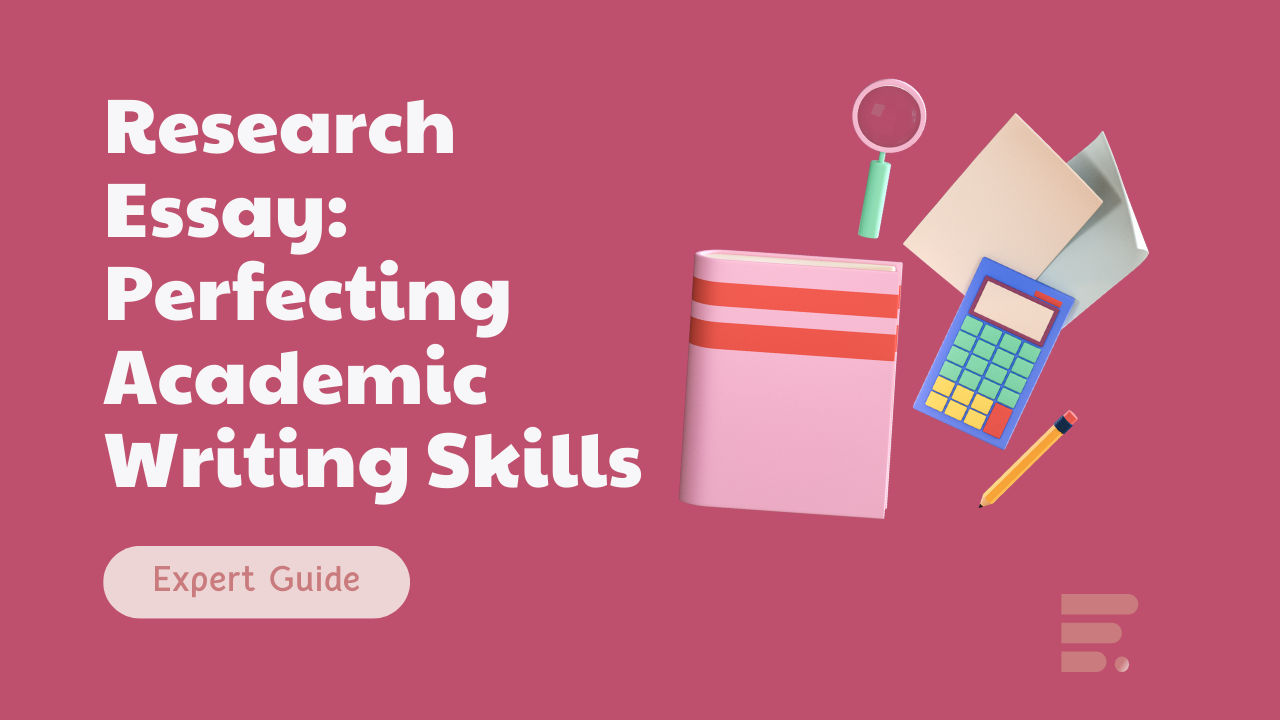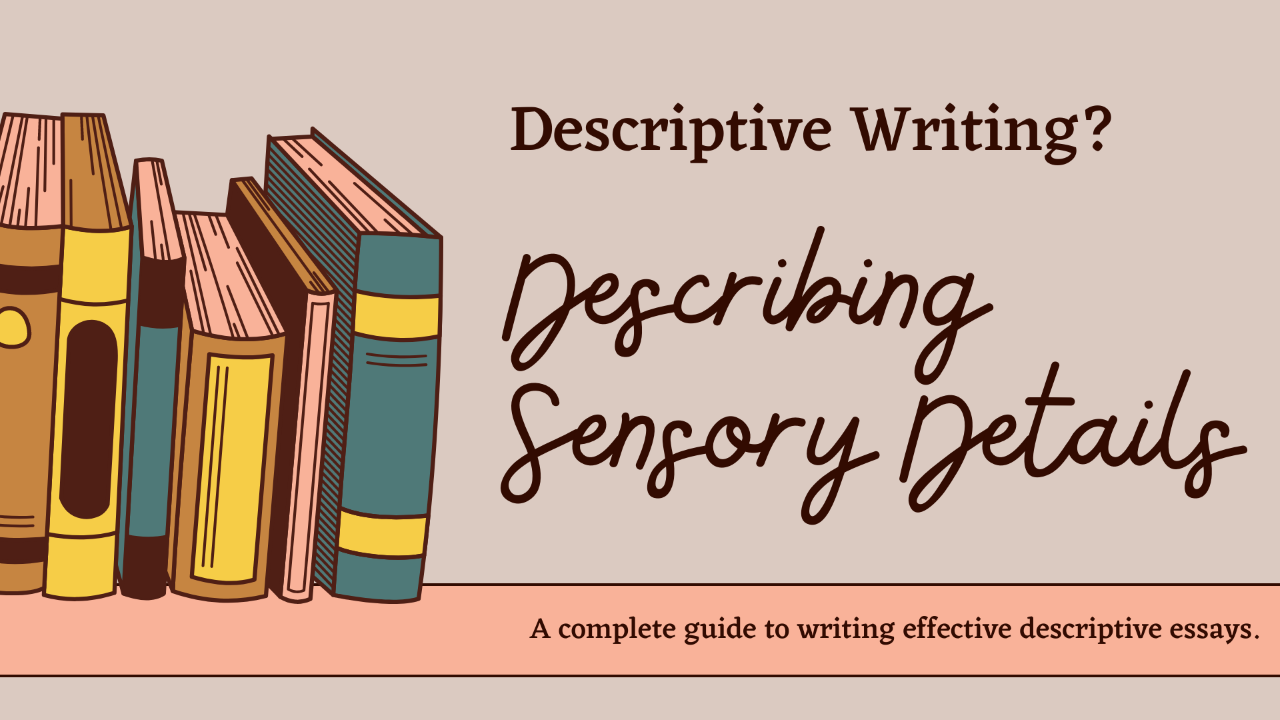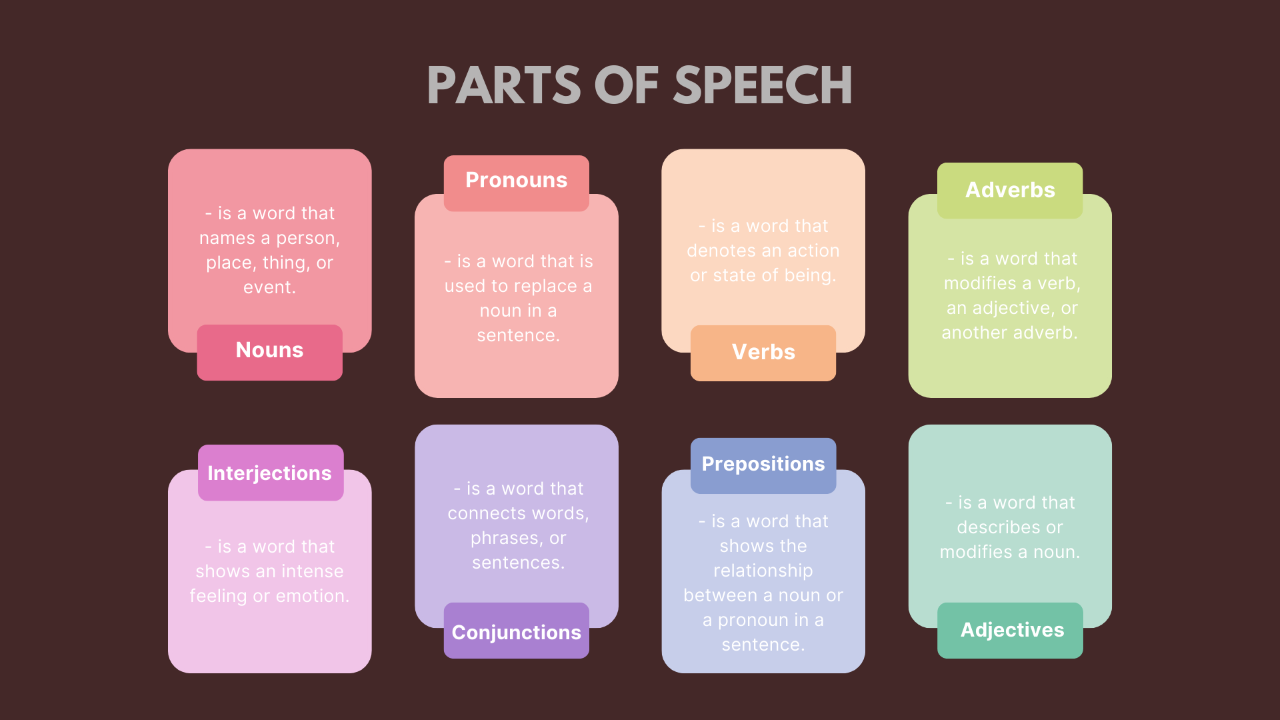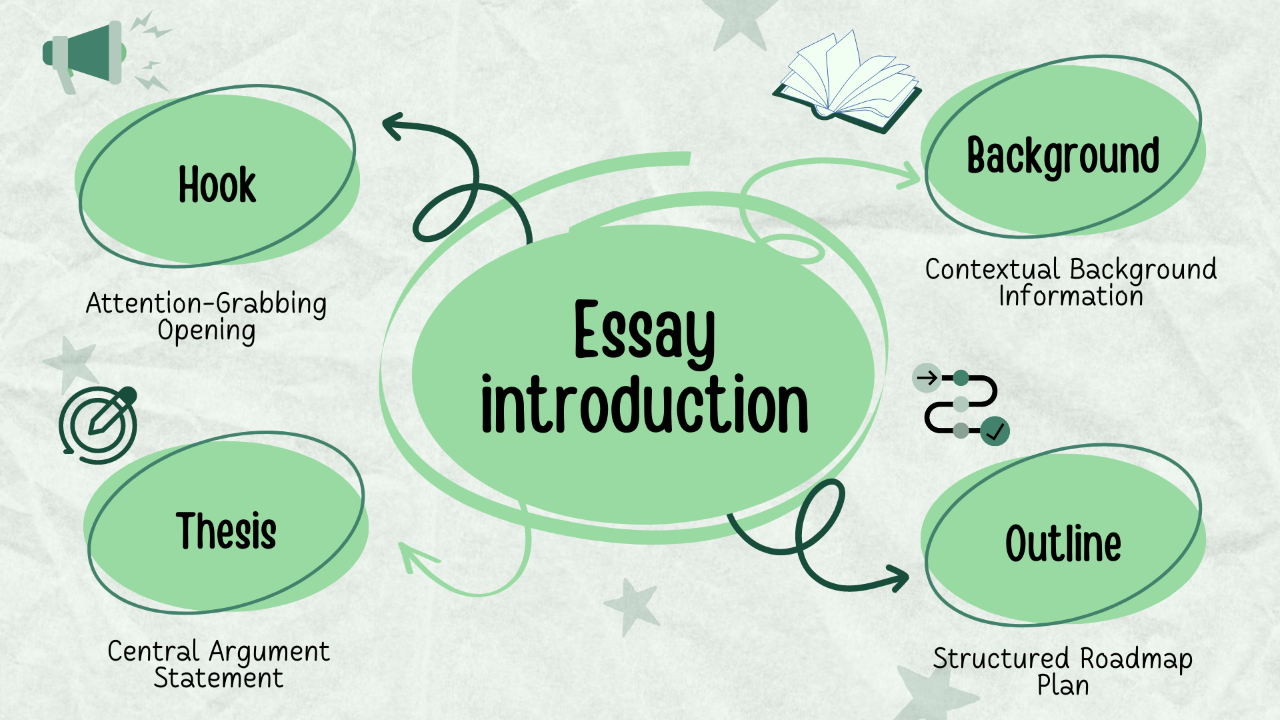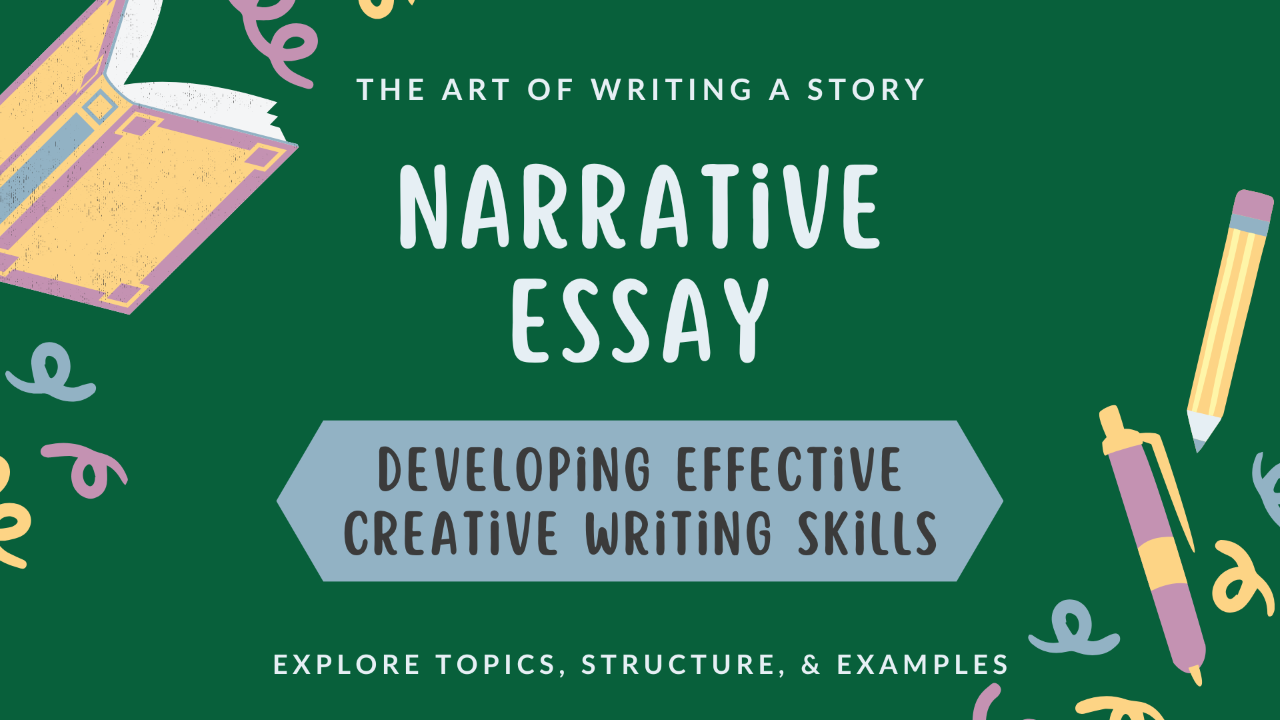
The Art of Storytelling: A-Z Guide to Narrative Essay Writing
Imagine entering a world where words have a magical ability to create vivid images, stir deep emotions, and hold your attention. In this special place, storytelling is key, particularly in the realm of non-fiction writing. Narrative essays serve as windows into real-life experiences, historical events, and personal stories, all told in a style grounded in facts and truth. Similar to a descriptive essay, a narrative essay invites us to paint a picture with words, but it goes beyond mere description, engaging the reader by weaving a compelling story. As we explore the art of narrative writing, we will look into its definition, uncover its unique elements, examine its format, and discover inspiring examples, and topics that will awaken the storyteller within us.
Definition, Importance & Purpose of a Narrative Essay
A narrative essay is a form of writing that recounts a personal experience, an event, or a series of events. It presents a story in a chronological manner, typically from the author's point of view, with the aim of engaging the reader and conveying a specific message or insight. Unlike other forms of writing, such as argumentative or expository essays, the narrative essay focuses on storytelling, using vivid descriptions, sensory details, and dialogue to bring the narrative to life.

Narrative writing holds great significance as it allows individuals to share their unique stories, experiences, and perspectives with others. It fosters empathy and connection by providing a glimpse into different worlds, cultures, and emotions. Moreover, narrative writing nurtures creativity and imagination, allowing writers to explore their thoughts, feelings, and memories in a creative and introspective manner. By engaging readers through the power of storytelling, narrative writing has the potential to entertain, educate, and inspire, making it an essential form of communication in various fields.
The purpose of a narrative essay extends beyond mere entertainment. While narrative essays can certainly be engaging and enjoyable to read, their primary goal is to convey a deeper meaning or insight to the audience. These essays often explore themes of personal growth, resilience, overcoming challenges, or understanding the human condition. Through storytelling, the author seeks to evoke emotions, provoke thought, or convey a moral or lesson learned. Whether it is to inspire, inform, or reflect, narrative essays provide a platform for self-expression and sharing valuable narratives that resonate with others.
Exploring the Key Elements of a Narrative Essay: Characters, Setting, Plot, Conflict, Theme, and Point of View
Narrative essays are captivating journeys of storytelling, where characters, settings, and plot intertwine. Through vivid descriptions and engaging narratives, writers bring their experiences to life. Understanding the key elements of a narrative essay is important for writing compelling and cohesive stories. Let's explore these essential elements that make narratives come alive on the page.
- Characters: Characters are the individuals or entities that play a role in the narrative. They can be real people, fictional characters, or even symbolic representations. In a narrative essay, well-developed characters come to life through vivid descriptions, dialogue, and actions. For example, in a narrative essay about a hiking trip, the main character could be a passionate nature enthusiast who encounters various fellow hikers along the way, each with their own unique personalities and motivations.
- Setting: The setting of a narrative essay refers to the time, place, and environment in which the story unfolds. It helps establish the context and atmosphere, setting the stage for the events to come. For instance, in a narrative essay about a haunted house, the setting would include details about the dilapidated old mansion, the eerie sounds, and the dimly lit corridors, all of which contribute to the overall atmosphere of suspense and fear.
- Plot: The plot encompasses the sequence of events that occur in the narrative. It includes the introduction, rising action, climax, falling action, and resolution. A well-structured plot keeps the reader engaged and interested in the story. For example, in a narrative essay about a cross-country road trip, the plot might start with the anticipation and excitement of embarking on the journey, followed by encounters with various challenges and unexpected twists, leading to a climax where the main character overcomes a major obstacle and finally reaches their destination.
- Conflict: Conflict is a key element in narrative essays, driving the story forward and creating tension. It can be internal or external, and it adds depth and complexity to the narrative. For instance, in a narrative essay about a personal struggle with self-doubt, the conflict arises from the protagonist's inner battle to overcome their insecurities and find self-acceptance.
- Theme: The theme of a narrative essay is the underlying message or lesson that the writer intends to convey. It provides a deeper meaning to the story and can be universal or personal. For example, in a narrative essay about a life-changing experience, the theme could revolve around the transformative power of resilience and how facing adversity can lead to personal growth and empowerment.
- Point of View: Point of view refers to the perspective from which the story is told. In a narrative essay, the choice of point of view can influence the reader's connection with the characters and the overall narrative experience. For instance, using first-person point of view, the writer directly involves the reader in the story by sharing their own thoughts, feelings, and experiences. On the other hand, third-person point of view provides a more objective view of the events and allows for a broader exploration of different characters' perspectives.
Incorporating these narrative elements effectively helps you create engaging and meaningful narrative essays that captivate readers and convey powerful stories.
Brainstorming the topic
Choosing a topic is the first step in planning your essay. It should be personally significant and guide your storytelling. Consider incorporating key elements like characters, setting, plot, conflict, theme, and point of view during the brainstorming process. Reflect on the moments, emotions, and details associated with the chosen experience or event. Jot down memories, thoughts, and anecdotes focusing on elements that make your narrative engaging.
The purpose of this brainstorming process is to gather potential material for a captivating narrative. By incorporating essential elements, you lay the foundation for a well-crafted story. This sets the stage for subsequent writing stages, where you bring your narrative to life.
Let's look into some examples of narrative essay topics that you could explore during your school or college journey:
Example topics when writing a story:
Write a story about a young girl who discovers a magical hidden world in her backyard.
Write a story about a group of friends embarking on an unforgettable road trip across the country.
Example topics when writing about an experience:
Write about an experience of volunteering at a community services and the impact it had on your perspective.
Write about an experience of skydiving for the first time and the rush of adrenaline and freedom you felt.
Example topics when writing about an achievement:
Write about the journey of training for and completing a marathon, highlighting the physical and mental challenges you overcame.
Write about the achievement of publishing your first book and the joy of seeing your words in print.
Example topics when recounting a time:
Recount a time when you faced a fear head-on and how it transformed your confidence.
Recount a time when you made a difficult decision that had a profound impact on your life.
Example of narrative essay topics for college admissions:
Reflect on a time when you experienced a setback or failure, and describe how it shaped your character, taught you valuable lessons, and led to personal growth.
Narrate an experience where you witnessed or performed an act of kindness that had a profound impact on someone's life.
Creating an Outline: A Roadmap to a Well-Structured Narrative Essay

Writing an engaging narrative essay involves more than just pouring your thoughts onto the page. It requires careful planning and organization to ensure that your writing flows smoothly and effectively communicates your message. An outline helps you organize your ideas, sequence your events, and maintain coherence throughout your essay. Let's explore the importance of creating an outline and the key points to perfectly structure your narrative essay:
- An outline provides a clear structure: By outlining your narrative essay, you establish a logical sequence of events, ensuring that your story unfolds in a cohesive and engaging manner.
- It helps maintain focus and direction: An outline allows you to stay focused on the main theme or message of your essay, preventing you from getting sidetracked or losing sight of your intended purpose.
- An outline assists in organizing your thoughts: It helps you arrange your ideas, supporting details, and examples in a systematic manner, making it easier to write your essay and avoid confusion or repetition.
- It enables effective storytelling: With a well-structured outline, you can build tension, create impactful transitions, and guide your readers through the narrative, captivating their attention and evoking their emotions.
Once you have the key-points ready for your outline, consider the following steps to structure your narrative essay:
- Introduction: Grab the reader's attention with a thought-provoking opening hook statement. Set the stage by introducing the theme, and the central conflict or event that will drive your narrative forward.
- Body paragraphs: Organize your essay into coherent sections, each focusing on a significant event or aspect of your story. Include vivid descriptions, character development, and relevant details to engage your readers.
- Climax and resolution: Build up to a climax, the turning point or the most intense moment in your narrative. Then, provide a resolution that brings closure to the conflict and offers insights or lessons learned.
- Conclusion: Reflect on the significance of your story, justifying the personal relevance. Summarize the main points and consider adding a thought-provoking statement.
Creating an outline lays the groundwork for a well-structured and impactful narrative essay. It serves as your guide as you move on the next stage of writing, transforming your ideas into a compelling story.
Example Narrative Essay
Below is an illustration of a concise narrative essay in response to the prompt "Share an experience where you confronted a fear directly and describe how it boosted your confidence." Hover over and explore the text to grasp the underlying structure.
Narrative essay example
Have you ever stood on the precipice of fear, paralyzed by the nagging voice in your head that whispers, "You can't do it"? The gripping fear that gnaws at your confidence, threatening to hold you back from reaching your true potential. I have faced such a fear head-on, and little did I know that this seemingly insurmountable hurdle would become the catalyst for a profound transformation in my self-belief.
In the scorching summer of my senior year, an opportunity to conquer my fear materialized in the form of a daunting public speaking competition. The mere thought of standing before a crowd, vulnerable to judgment and scrutiny, sent shivers down my spine. However, I knew that if I wanted to break free from the shackles of self-doubt and embrace my potential, I had to face this fear head-on.
As the day of the competition dawned, my heart pounded in my chest like a relentless drumbeat. Stepping onto the stage, I felt a surge of adrenaline mingling with a newfound sense of determination. With each word that escaped my lips, my confidence soared, and the fear that once held me captive began to dissipate. The applause and supportive gazes of the audience became my fuel, propelling me towards the climax of my performance.
In the aftermath of my victorious performance, a wave of exhilaration and self-assurance washed over me. I realized that facing my fear head-on had not only strengthened my ability to conquer challenges but had also opened doors to new opportunities and personal growth. The experience taught me that true confidence is born from embracing our fears, rather than succumbing to them. It was a lesson that would forever shape my outlook on life and empower me to chase my dreams without hesitation.
The experience of facing my fear head-on in the public speaking competition has left an indelible mark on my life, forever shaping my outlook and empowering me to pursue my dreams without hesitation. The newfound confidence and resilience I gained from this experience will forever influence my perspective, allowing me to approach challenges with a renewed sense of determination and fearlessness.. This story serves as a powerful reminder that embracing our fears can lead to personal growth and open doors to new opportunities. It has instilled in me the belief that true strength lies in confronting our fears and using them as stepping stones towards self-discovery and success.
Writing a good narrative essay requires understanding its definition, importance, and purpose. By incorporating key elements such as characters, setting, plot, conflict, theme, and point of view, writers can create engaging and immersive narratives. The choice of narrative essay topics plays a crucial role in captivating readers, with options ranging from childhood memories to personal growth experiences. Structuring the essay using an outline helps maintain coherence and logical flow. To further illustrate the concepts discussed, an example narrative essay has been provided. For additional inspiration, you can explore the on-demand pdf examples of our essays. With these insights and resources at your disposal, you are well-equipped to start on your own narrative writing journey, unleashing the power of storytelling through the written word.
Checklist for Writing an Excellent Argumentative Essay
0/7
Free Sample Essays & Papers
Download free PDF examples of essays and papers in various subjects, all with different citation styles! Get inspired, conquer writer's block, and find the perfect format for your next assignment. Click to download now!

